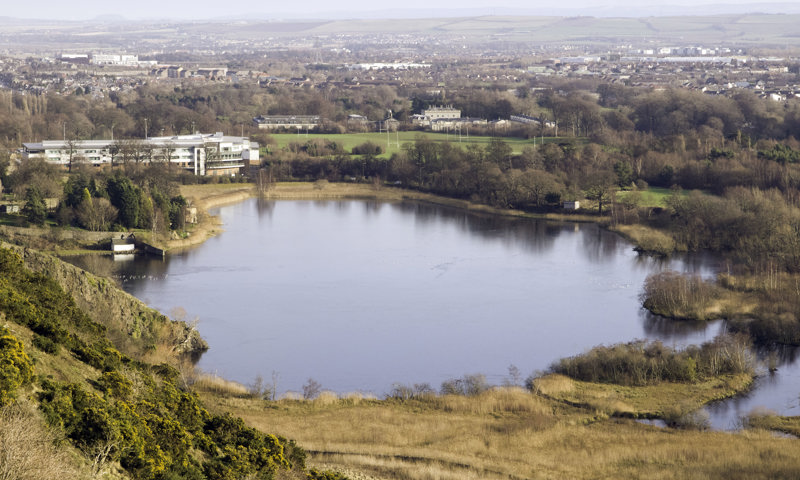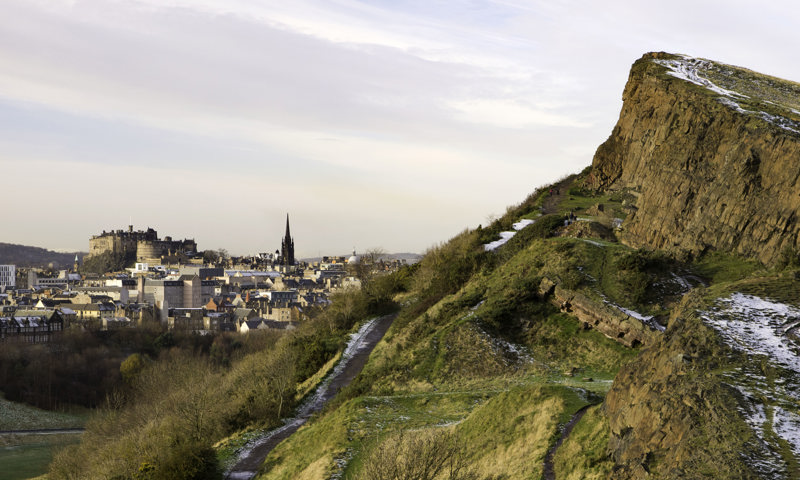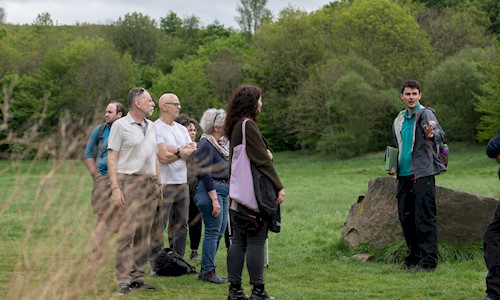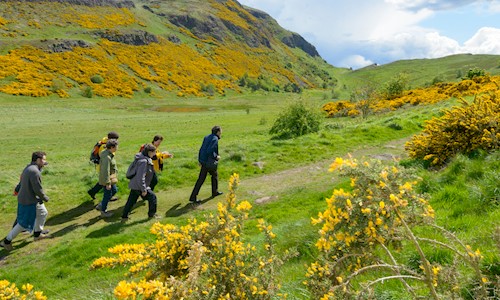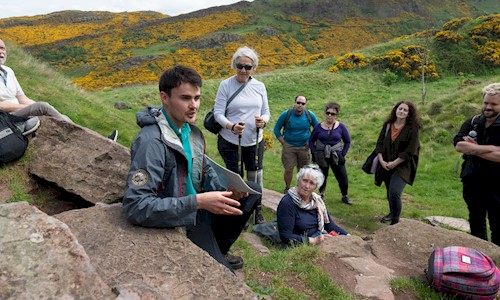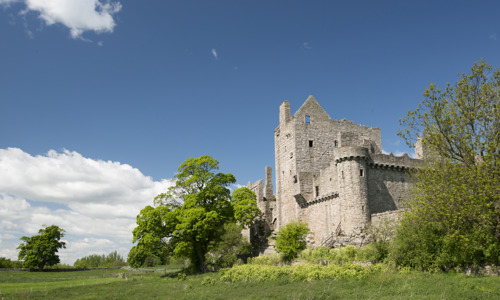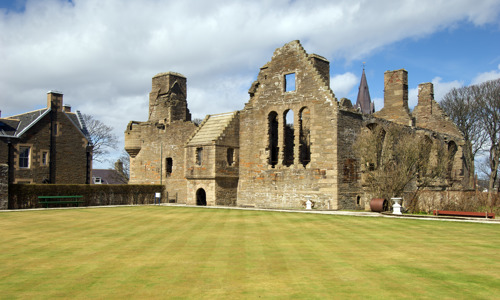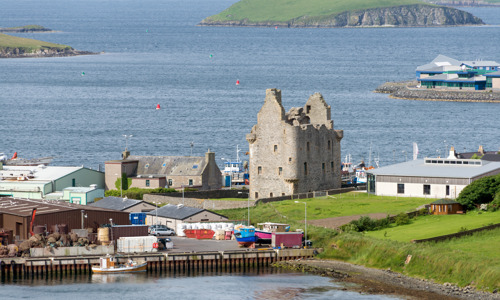Overview
Roam through a city park like no other. Holyrood Park’s dramatic hills and crags shape Edinburgh’s unforgettable skyline, and its history and archaeology span thousands of years.
Arthur’s Seat, the park’s highest point, is the remains of a volcano, and stone and flint tools found here reveal human activity as far back as 5000 BC.
What to see and do
- Climb Arthur’s Seat (251m) for 360-degree views of Edinburgh and the Lothians
- Discover Iron Age forts and Bronze Age agricultural terraces
- Visit St Anthony’s Chapel, a picturesque medieval ruin
- Watch for geese at Duddingston Loch, a haven for waterfowl
Visit the Maps and guides page to download the park map and check current path closures. You can also find information about upcoming external events taking place in the park that may impact your visit.
Our Ranger Service helps to protect Holyrood Park and also runs guided walks, group tours and other events for visitors. Find out about the Ranger Service.
Fishing permits for Duddingston Loch are available from our Ranger Service, please email them rangers@hes.scot
History
Mesolithic and Neolithic stone and flint tools found in Holyrood Park reveal human activity on the site since at least 5000 BC.
Bronze Age people farmed the land and lived in small settlements, traces of which survive today. Agricultural terraces can still be seen on the eastern slopes of Arthur’s Seat when the sun is low.
A hoard of late Bronze Age weapons discovered in Duddingston Loch in 1778 is one of the most spectacular finds from the area.
Four Dark Age forts are still clearly visible on the park’s rocky slopes, which were well suited to fortification.
There is one fort each on:
- Salisbury Crags
- Samson’s Ribs
- Arthur’s Seat
- Dunsapie Crag
Traces of houses can be seen within the fort on Dunsapie Crag. These are thought to date from the early Iron Age.
Religious links
Holyrood Park’s strong religious associations go back as far as the 1100s, possibly earlier.
Its origins as a royal park lie in its ownership by Holyrood and Kelso Abbeys, and the close relationship with Holyrood Abbey is very significant.
St Anthony’s Chapel, which sits on a rocky outcrop above St Margaret’s Loch, is a highlight of the landscape.
Two holy wells are nearby: St Anthony’s Well on the path to the chapel, and St Margaret’s Well, opposite Broad Pavement car park.
People still visit the park today for religious and spiritual reasons.
Royal pleasure ground
Holyrood Park was a royal pleasure ground for nearly 1,000 years and still enjoys a close relationship to the Palace of Holyroodhouse.
The park was enclosed in the 1500s, under royal direction.
Monarchs who enjoyed visiting the park include:
- David I
- James IV
- James V
- Mary Queen of Scots
- Queen Victoria and Prince Albert
Prince Albert took a particular interest in Holyrood Park, greatly aiding its conservation. He organised the park’s landscaping in the 1840s and 1850s. This introduced a new drainage scheme and the road layout still in use today.


